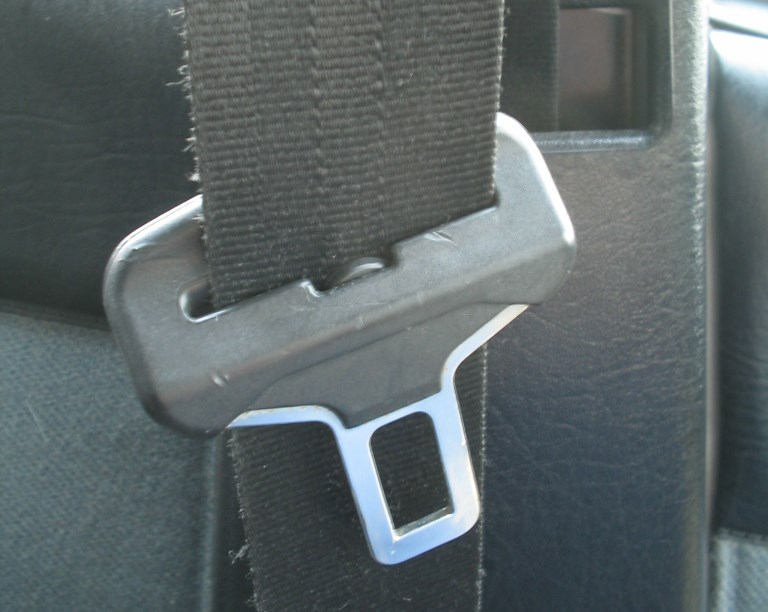As part of its campaign to raise awareness of different safety issues in driving, SGI is spotlighting the importance of safety restraints in vehicles.
The campaign encompasses any kind of vehicle restraint, including seatbelts and carseats.
“It is a known fact that seatbelts save lives,” said Marie Schultz, a communications consultant with SGI. “We want to remind people of that fact as well as let people know that booster seats are mandatory in Canada.”
The concept of the seatbelt was invented in the early 19th century to protect painters, firemen, and more who were being raised and lowered. Seatbelts were adopted in aircraft by WWII, but it wasn’t until the mid-1950s that the idea of seatbelts in motor veicles were suggested. The three point seatbelt that we know today (a lap strap and shoulder strap) was developed to its modern form by Swedish inventor Nils Bohlin for Volvo, who implemented it in their vehicles in 1959. The world’s first seatbelt law was passed in Australia in 1970.
It’s estimated that the seatbelt has saved a million lives and they can decrease the chances of serious injury in a traffic injury by up to 50 per cent.
Passengers in an accident who don’t wear seatbelts can be ejected from the vehicle and sustain more injuries or land in oncoming traffic. Even if the driver is wearing a seatbelt and the passenger is not (or vice versa), the unbuckled passenger can be flung around inside the vehicle and cause more injury.
“You become a flying object and that can cause a lot of damage,” Schultz said. “Even if you’re wearing the seatbelt and your passenger isn’t, your passenger can fly into everyone else in the vehicle.”
While Schultz acknowledges that there are sometimes freak accidents where the victim found that not being buckled in saved them, she said that it’s always recommended to wear your seatbelt.
“Chances are you’ll be saved more from wearing your seatbelt than not,” she said.
SGI is also highlighting the importance of carseats. Since June of last year, it is mandatory that children under the age of seven and less than 4’8” and 80 pounds should be in a carseat. However, even if your child is bigger than these requirements, SGI recommends answering the following questions:
- Can your child sit comfortably with his or her back against the vehicles’ seat back?
- Do your child’s knees bend comfortably at the edge of the vehicle’s seat?
- Is the lap portion of the seatbelt as low as possible, touching the child’s thighs?
- Does the shoulder portion of the seatbelt cross the middle of the shoulder?
- Can your child stay comfortably seated like this for the whole trip?
If the answer to any of these questions is “no,” your child should be in a carseat.
To aid parents, SGI has free carseat clinics available for caregivers, whether they have or are expecting a child.
“We want them to be able to do it right,” Schultz said.
The clinic covers how tight the strap should be and how to properly install a carseat.
The fine for not wearing your seatbelt is $175 and three demerits on your license. If you’re a driver with two unbuckled kids, you can get two tickets.




